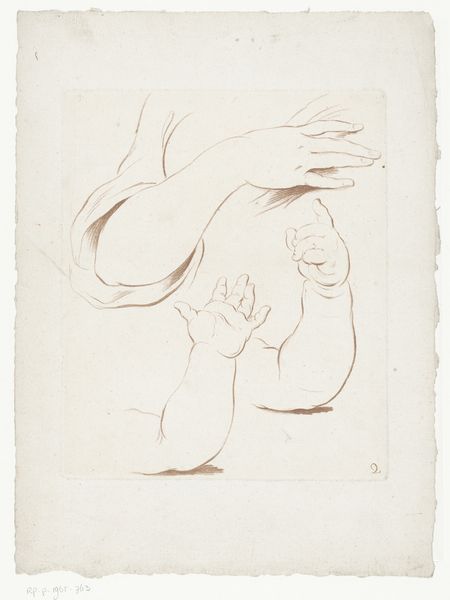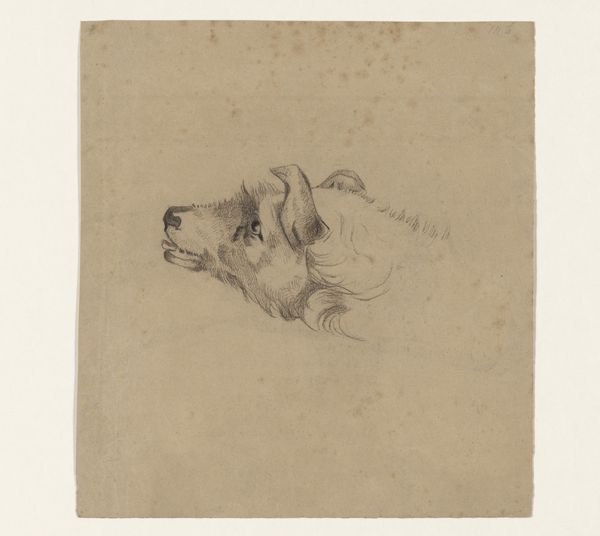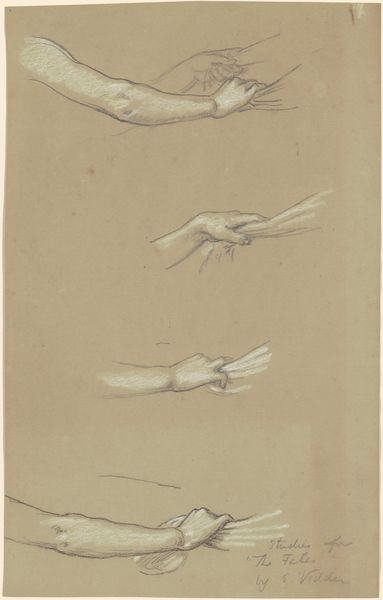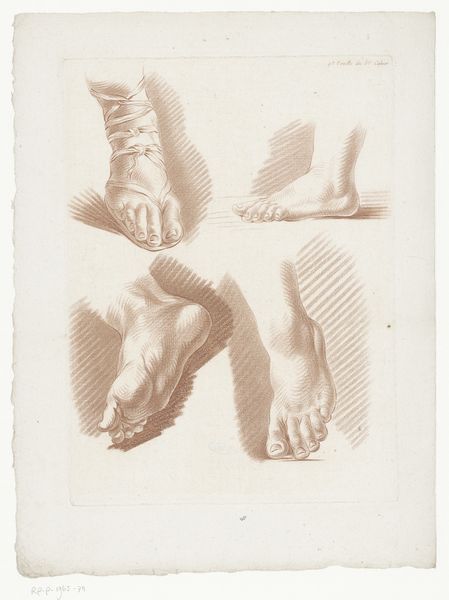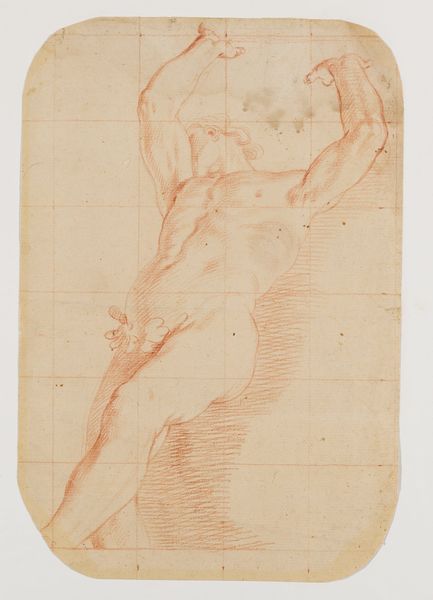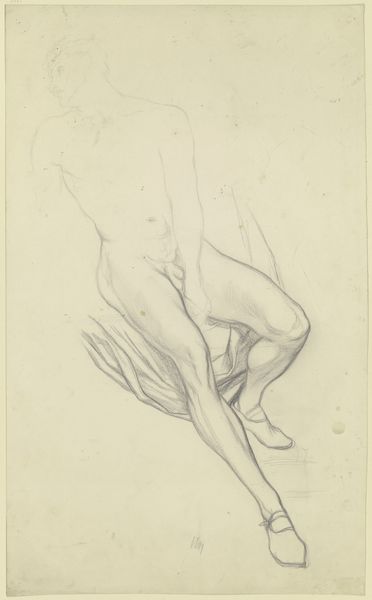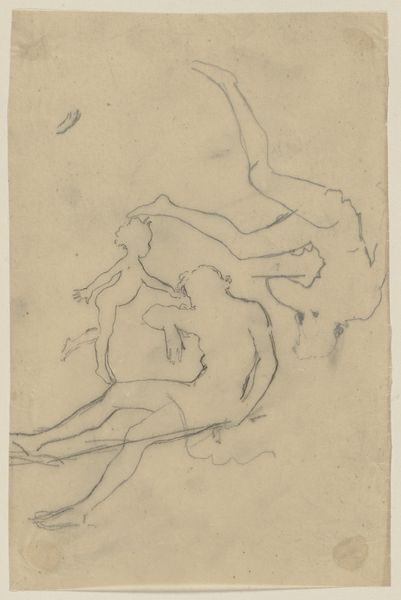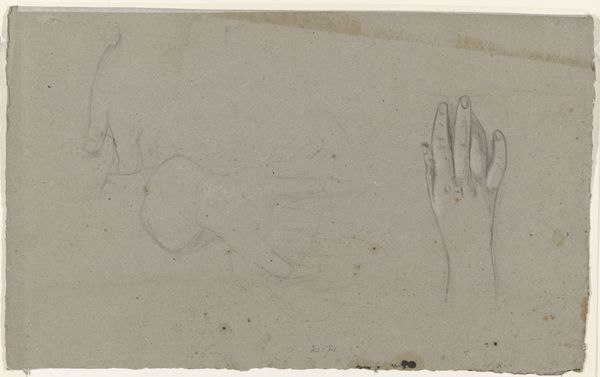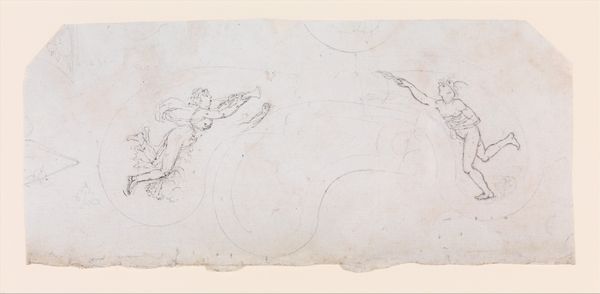
Compositie met armen, neus en deel van een gezicht 1762 - 1814
0:00
0:00
drawing, etching, paper
#
portrait
#
drawing
#
etching
#
etching
#
figuration
#
paper
#
form
#
line
#
arm
Dimensions: height 260 mm, width 183 mm
Copyright: Rijks Museum: Open Domain
Editor: Here we have Jean François Janinet’s "Compositie met armen, neus en deel van een gezicht," an etching on paper from between 1762 and 1814. It's a rather curious study, a collection of body parts rendered with such fine lines. It’s not quite a portrait, but it seems fixated on specific, isolated forms. What strikes you most about this work? Curator: The immediate appeal lies in its engagement with the means of production. Etching, as a printmaking process, necessitates a skilled artisan and complex labor beyond the "artist's" hand. We're not simply admiring a singular gesture of genius. What’s fascinating is the transfer of skill – the knowledge embedded in the artisan’s labor and then disseminated through the multiple impressions made possible by the etching process. Editor: So, you’re less interested in the artistic intention and more in the work that went into producing the print? Curator: Precisely. And think about the availability of these images. The medium facilitates a kind of democratized viewership, potentially influencing and standardizing anatomical understanding amongst a broader audience than solely the elite who could afford painted portraits. Do you consider how the relative low cost and reproduciblity changes access and perceptions of art and art-making? Editor: That's a good point, the multiple impressions mean it can reach far more people than an original drawing would. I hadn't considered that aspect of it. Curator: Moreover, the deliberate arrangement—arms, nose, mouth, existing outside of any context except for this careful arrangement, points to the studio practice and learning through repeated exercises and training in art academies of the period. Editor: I hadn't thought about the repetition of learning through exercises as labour either. Thinking about the means of production does add another layer to appreciating this print.
Comments
No comments
Be the first to comment and join the conversation on the ultimate creative platform.
